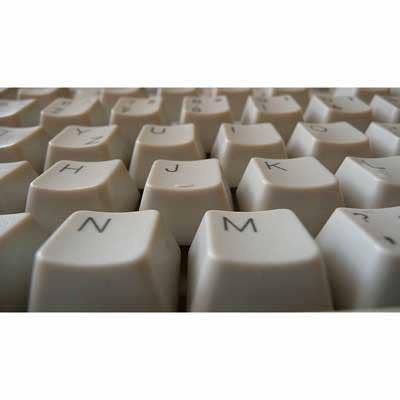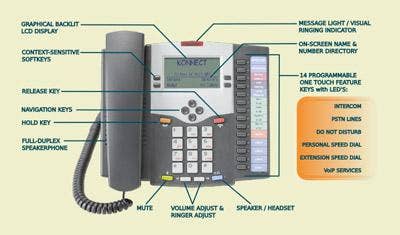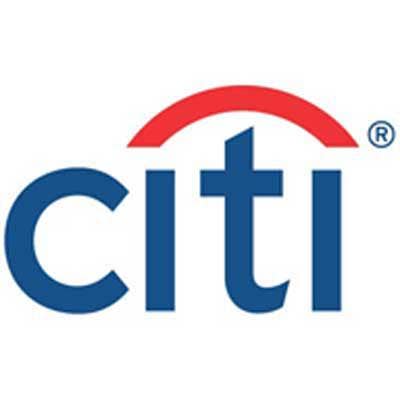Motorola's MC9500 Handheld Expands Enterprise Mobility Presence

Motorola on Tuesday unveiled its MC9500, an industrial-class handheld designed to succeed its popular MC9000 device and to be the latest move in Motorola's push to dominate mobility solutions for enterprises. Enterprise mobility is one of Motorola's smallest segments, but it has performed better in recent quarters than other areas, especially its struggling consumer business.
The MC9500 mobile computer, which includes battery management technology, a universal accessory system and 3.5G wireless support among other new features, is intended for mobile workers in transportation and logistics, government and public safety, direct store delivery, parcel/post and other field service industries.
Motorola presented the MC9500 to media, analysts and some partners on hand at the Museum of Arts & Design in New York.
"The key is mobility," said Gene Delaney, Motorola's president of Enterprise Mobility Solutions. "Enterprises want their employees moving. They want them in a warehouse, or walking the aisles of a retail shop or generally on the move, but they also want them very productive."

The MC9500 supports 3.5G wireless for connections over GSM HSDPA and CDMA-EVDO Rev. A networks in the U.S. and abroad. It also includes Max FlexWAN, a new feature that allows businesses to deploy MC9500s and adjust them accordingly to the 3.5G networks available -- eliminating the need to send the devices back and have Motorola reconfigure them for a different network. Modular, swappable keypads also are available.
Software-wise, the MC9500 is, according to Motorola, the first mobile handheld to run Motorola's second-generation mobility architecture, offering Windows Mobile 6.1 and an 806MHz Marvell XScale PXA320 processor.
"The combination of an increasingly mobile workforce and wireless technologies are coming together to create quite a dynamic environment," said David Krebs, director of mobile and wireless practice at researcher VDC, who was on hand at the announcement. "Historically, you saw a tactical, siloed approach from businesses that was operational-centric, or line-of-business-centric, without a lot of strategy behind it. But field mobility applications are a huge opportunity now, and vertical sector applications will become the fastest-growing segment."

The MC9500 offers interactive sensor technology, including a motion sensor that allows the handheld to power down to a sleep mode when it's left idle, or log when it's been dropped or otherwise harmed. An accelerometer can switch between portrait and landscape modes depending on the MC9500's orientation.
According to Motorola, the MC9500 has a lithium battery that offers eight hours of talk time and 150 hours of standby time. Motorola's new MAX Battery feature also displays the level of battery health to users and backroom managers.
It's those types of features that are becoming not just luxuries but necessities in the mobile workplace, said Vishy Gopalakrishnan, director of industry solutions at AT&T Mobility.
"You see it in enterprise and government: not just a device itself, but how much visibility and control do I have over everything from battery life to what kind of adoption am I getting, when was the last transaction made, and other things," he said. "When you go beyond e-mail, you're talking about transforming fundamental business processes."

Additional features for the MC9500 include a 3-megapixel camera that can be used for both laser scanning (for 1-D) and image capture (for 2-D), bar codes, a GPS, support for 802.11a/b/g, including voice-over-wireless, and a microSD slot offering a possible 16 GB of additional storage.
Display-wise, the MC9500 features a 3.7-inch color touch display and is 9.2 x 3.5 x 2 inches, weighing 22 ounces. Motorola touts its easy-grip form factor (a keyboard smaller than the display, in a somewhat oblong shape) for how it allows users to operate it with one hand.

Delivery of the MC9500, which will be available through Motorola VARs and distributors, began last week. Motorola hopes the device will be promoted as "part of a full ecosystem of products," said Jerry Devaney, vice president of mobile computing for Motorola's Enterprise Mobility Solutions unit.
"One of the biggest challenges we hear from the partner community is that customers need a product that has a high level of ruggedability [sic] and features, but they also want it in as small a form factor as possible," Devaney told Channelweb.com in an interview following the morning's presentation. "Different users want different types of form factors. They want to have it where they can deploy it in enterprise environments but also have something more durable. Traditionally, the trade-off has been between form factor and the durability and functionality, but that's what's changing."